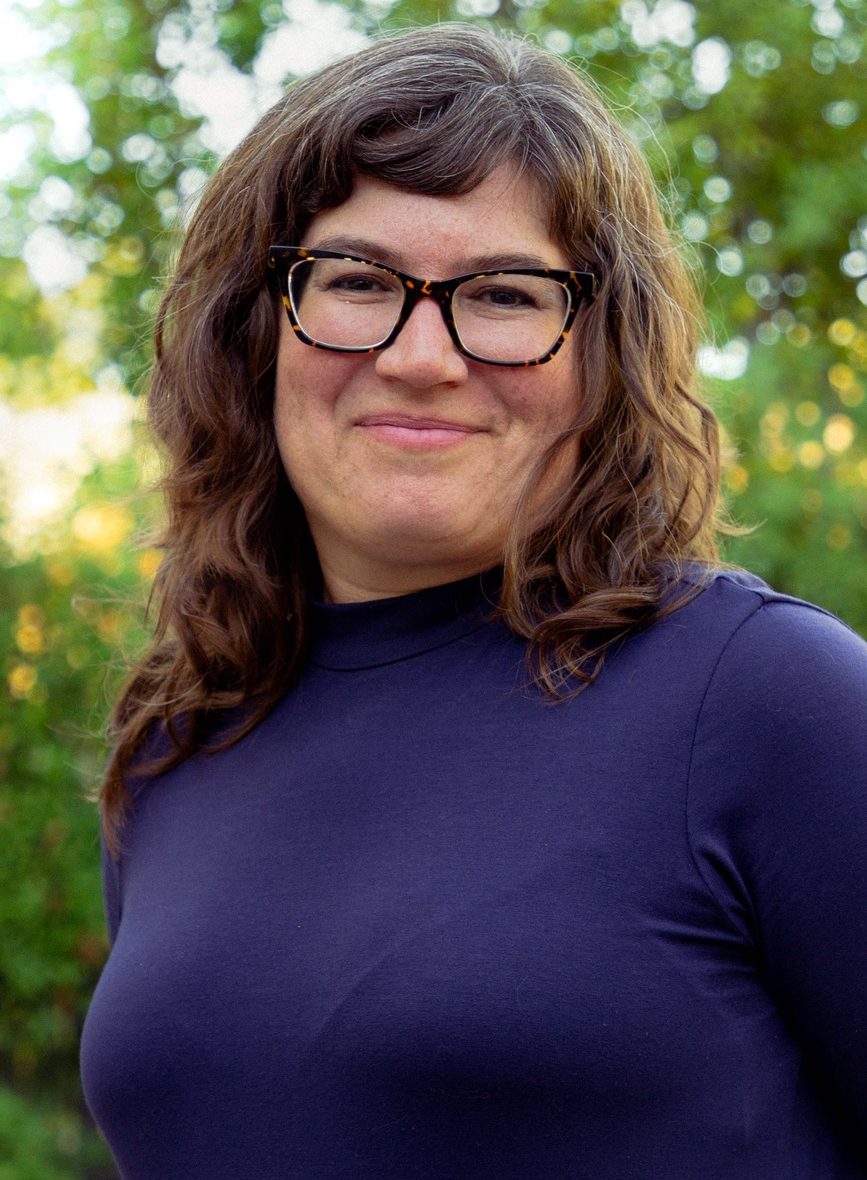Read Santa Cruz Local's Election Guide
Meet Joy Schendledecker
- Age: 47
- Residence: Westside Santa Cruz
- Occupation: Mom, artist and community activist
- Local government experience: Schendledecker worked as a community organizer for about 20 years. She called it “fabulous training” to be a leader in local elected positions. “You have boots on the ground experience, you know what people’s experiences are and what they themselves are saying they need from their elected officials.” Schendledecker also served on a board of governors at an elementary school in London for two years.
- Important local issues: Schendledecker said the most pressing issue is working with people who are unhoused or on the verge of homelessness. “The fact that once somebody, generally through no fault of their own, becomes unhoused, they end up deeper and deeper into a hole that’s more and more difficult to get out of. When we enact new ordinances that are particular to people that don’t have housing, I see firsthand how terribly, negatively impactful those can be, including putting people’s lives at risk.” Schendledecker said there was a need for more transparency, more connection to local government and community-driven and community-led participatory processes. “Right now, I think the system we have, very few people actually feel like they know what’s going on and that they have a voice.”

Joy Schendledecker (Contributed)
- What is your dream for the Santa Cruz community? Schendledecker said she wants everyone in the community to be cared for, have a place to live, have access to a social safety net, have good job opportunities and good wage opportunities, and have safe, affordable housing near where they work to help create community connection.
- Fun fact: Schendledecker calls herself a “garbage geek,” and acknowledges her interest in “discard studies.” That relatively new field, she explained, crosses over a lot of disciplines; as an artist, she’s excited by the landscape and understanding how to view the waste through a new lens to better understand the world and power struggles.
“Discard studies is amazing, it gets me fired up,” she said.
Here are some of Joy Schendledecker’s positions on issues brought forward by voters. Responses have been edited for length and clarity.
In the Nov. 8 election, Santa Cruz city residents will choose a directly-elected mayor. Joy Schendledecker is one of the two candidates who are vying for the role. Read Santa Cruz Local’s Election Guide for the other candidate:
Questions or comments? Email [email protected]. Santa Cruz Local is funded by members, major donors, sponsors and grants for the general support of our newsroom. Our news judgments are made independently and not on the basis of donor support. Learn more about Santa Cruz Local and how it is funded.
Santa Cruz Local’s news is free. We believe that high-quality local news is crucial to democracy. We depend on locals like you to make a meaningful contribution so everyone can access our news. Learn about membership.
